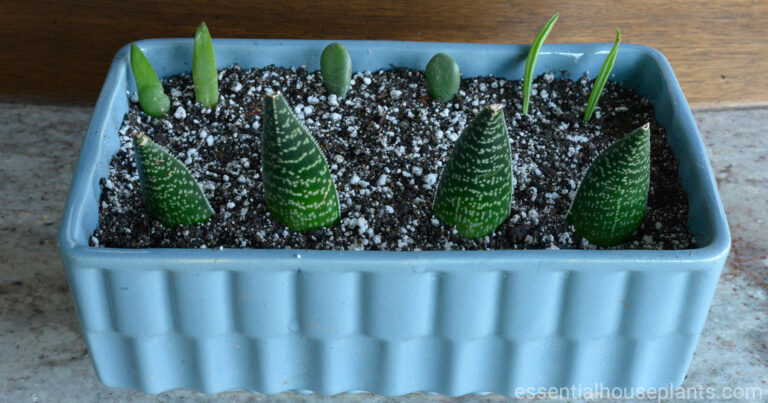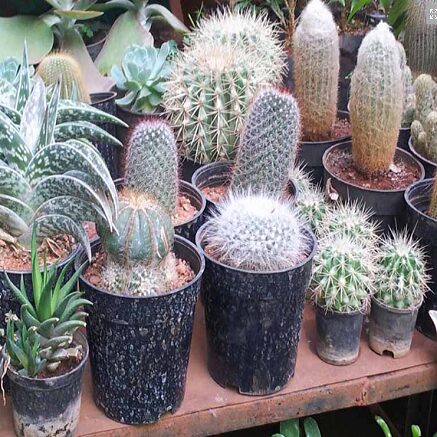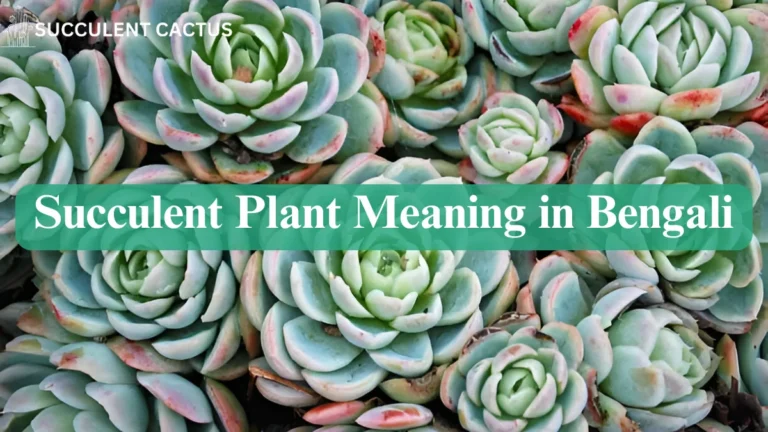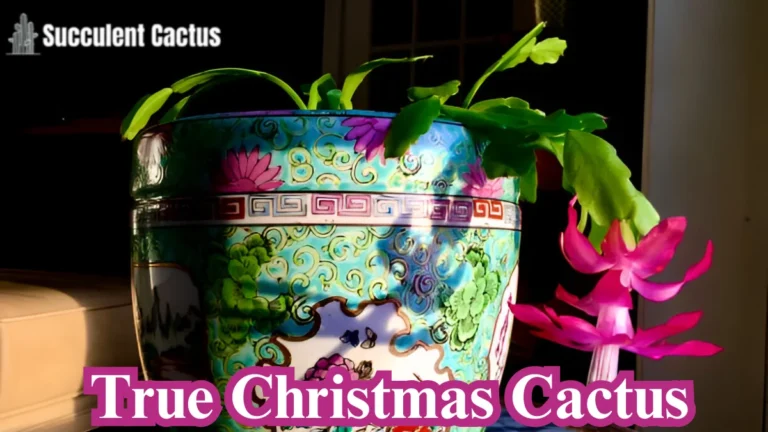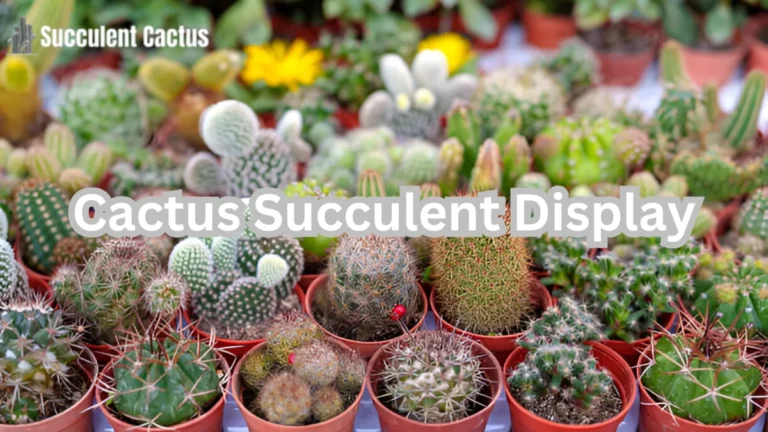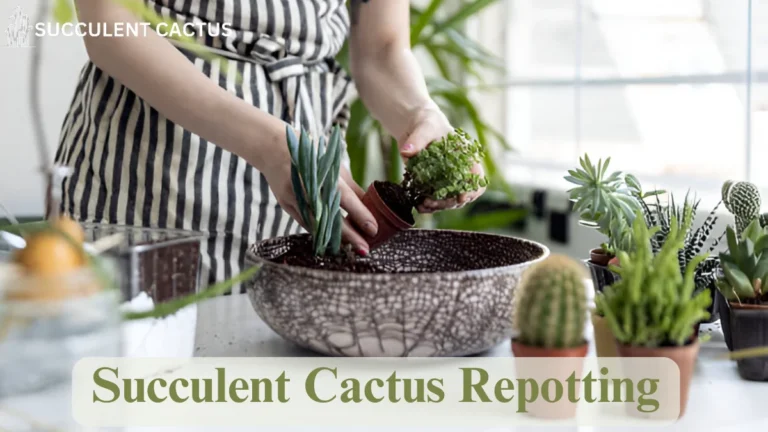Everything You Need to Know About Succulent Plant Joints: A Complete Guide
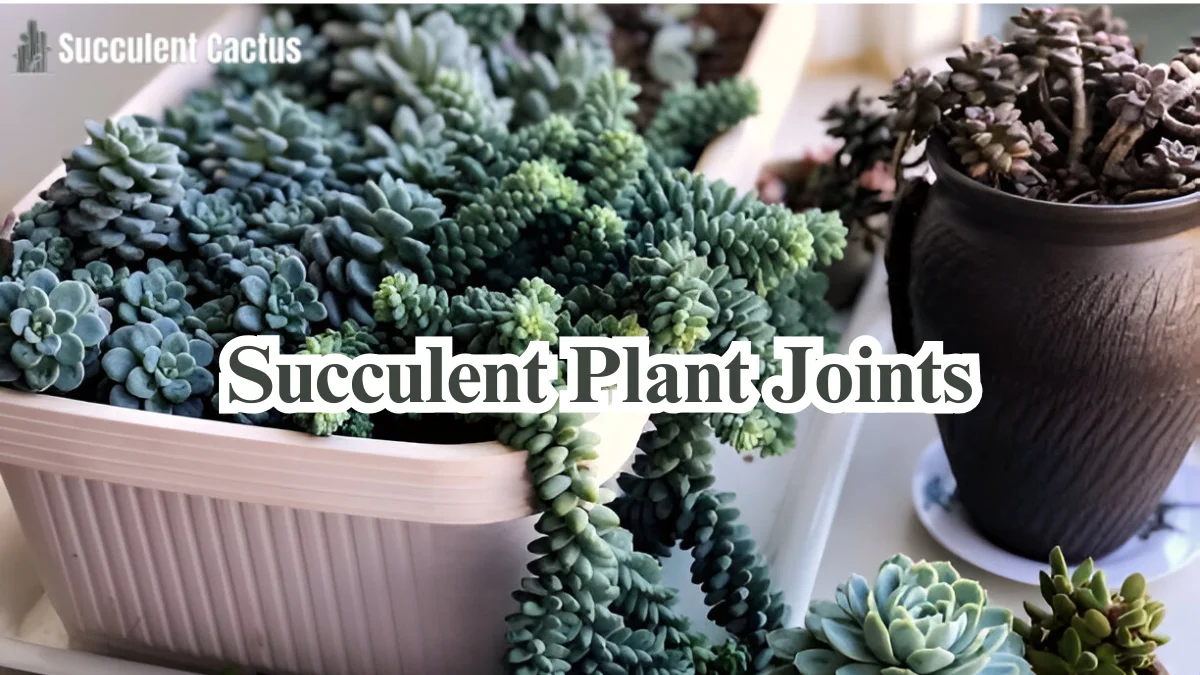
Introduction: Understanding Succulent Plant Joints
Succulent plants are celebrated for their unique ability to store water in their leaves, stems, and roots. But within this category, some succulents stand out due to their fascinating joint structures. Succulent plant joints refer to the specialized segments that connect parts of the plant, allowing for flexibility and growth. These joints are important for both aesthetic purposes and plant health, as they help with reproduction, water storage, and adaptability in various environmental conditions.
In this guide, we will explore everything there is to know about succulent plant joints: what they are, how they function, their benefits, and how you can take care of succulents that feature these structures.
What are Succulent Plant Joints?
Defining the Structure of Joints
Succulent plant joints are the flexible or segmented areas that connect various parts of the plant, such as stems, leaves, and flowers. These joints allow the plant to bend, flex, and grow in response to environmental conditions. Joints in succulents typically appear at the base of leaves, between stem segments, or where branches diverge.
Role of Joints in Succulent Growth
These joints play a critical role in the plant’s ability to adapt to changing conditions. The joint structures allow succulents to preserve moisture and handle stress by providing flexibility. In cases of damage, succulent joints may help the plant repair itself more easily by re-rooting or regenerating.
Adaptation to Dry Climates
Succulent plants are native to dry climates, and their joint structures help them survive in harsh conditions. The ability to bend and adjust, as well as to regenerate lost or damaged parts, is essential for their survival.
The Different Types of Succulent Plant Joints
Stem Joints
Stem joints are the most common and prominent type of joint in many succulents. They are typically found at the base of each segment, allowing the plant to grow upward or outward. These joints help maintain the plant’s flexibility and ability to store water.
Leaf Joints
Leaf joints occur where the leaves of the succulent connect to the stem. These joints allow for the expansion and contraction of leaves, which helps in the storage and conservation of water. This flexibility makes the plant more adaptable to environmental stress, such as drought.
Flower Joints
Some succulent species have joints at the base of their flowers, which help the plant maintain its reproductive health. Flower joints may also assist in pollination by facilitating the movement of blooms, attracting pollinators more effectively.
Common Succulent Plants with Joints
Echeveria
Echeveria is a popular succulent known for its beautiful rosette-shaped leaves and flexible joints at the stem bases. These joints allow the plant to grow rapidly while storing water efficiently.
Crassula
Crassula succulents, such as the jade plant, have distinctive joints that allow for stem growth and branching. These joints give Crassula plants their characteristic thick, fleshy stems, which store moisture for extended periods.
Kalanchoe
Kalanchoe species, known for their vibrant flowers, also feature joints that help the plant adjust its shape as it grows. These joints allow Kalanchoe plants to spread quickly while retaining the moisture needed to survive in dry environments.
The Function of Joints in Water Storage
Role in Moisture Retention
One of the primary functions of succulent plant joints is their role in water retention. By allowing the plant to flex and store moisture in the joints and surrounding tissues, succulents can survive for extended periods without regular watering.
Adaptability to Water Scarcity
In regions where water is scarce, joints help the plant reduce water loss by adjusting the size and shape of leaves and stems, allowing it to optimize its water storage. This adaptability makes succulents highly drought-tolerant.
Long-Term Survival Strategy
Joints allow succulents to “hold onto” water when necessary, preventing dehydration during long periods of drought. This survival strategy makes them incredibly resilient in the wild, where rainfall is infrequent.
How to Care for Succulent Plants with Joints
Watering and Moisture Management
Succulent plants with joints need careful watering. Overwatering can lead to root rot, while underwatering can cause the plant to lose its flexibility and store less water in the joints. The best approach is to water thoroughly but only when the soil is completely dry.
Providing Proper Light Conditions
Succulent plants thrive in bright, indirect light. Direct sunlight can cause the joints to become damaged or dry out, leading to water loss. Aim for 6 hours of indirect sunlight daily to promote healthy growth and keep the joints intact.
Temperature and Humidity
Succulents with joints prefer warm, dry conditions. Ensure they are kept in a location where the temperature stays between 60°F and 80°F. Avoid high humidity, as this can encourage fungal diseases, leading to joint decay.
Signs of Stress in Succulent Plant Joints
Wilting or Drooping Joints
If the joints in a succulent begin to droop or lose their firmness, it could be a sign of underwatering or poor environmental conditions. In some cases, pests or diseases may also be to blame.
Discoloration or Softness
A change in color, such as yellowing or browning of the joints, often signals that the plant is stressed. This could be due to overwatering, inadequate light, or a nutrient deficiency.
Growth Stagnation
If a succulent with joints is not growing or if the joints appear “stuck,” the plant may need more light or water. You may also need to check for pests or diseases that can block its ability to thrive.
The Role of Succulent Plant Joints in Reproduction
Regeneration Through Joints
Succulent plants with flexible joints can often regenerate from broken or damaged segments. These joints can act as natural “cutting points,” enabling the plant to reproduce and grow new stems, leaves, or even entire new plants.
Offsets and Cloning
In some succulents, joints facilitate the production of offsets, or “pups,” which are smaller plants that grow from the base of the mother plant. These new plants can be separated and propagated to create new succulent specimens.
Flowering and Pollination
Some succulents use their jointed flowers to adapt to different pollinators. By adjusting the height or angle of the flowers, succulents can better attract bees, birds, or wind, helping to ensure successful reproduction.
How to Propagate Succulent Plants with Joints
Leaf Cuttings
You can propagate many succulents with jointed leaves by cutting off a healthy leaf and allowing it to dry for a day or two before placing it in the soil. The joint serves as the “healing” point where new roots will form.
Stem Cuttings
Succulent stem cuttings, including those with joints, can be propagated by cutting just below a joint and allowing it to callus over. After a few days, place the cutting in well-draining soil to promote root growth.
Offsets and Clones
For succulents that produce offsets, simply separate the pups from the parent plant, ensuring each offset has its roots, and plant them in fresh soil. These new plants will develop joints as they mature.
| Propagation Method | Steps | Advantages |
| Leaf Cuttings | Cut a leaf near the joint, let it callus, then place it on the soil. | Easy and quick; requires minimal tools and works with many species. |
| Stem Cuttings | Cut below the joint, let it dry, and plant in the soil. | Suitable for larger plants; produces strong new growth. |
| Offsets and Clones | Remove pups with roots and plant in fresh soil. | Reliable and low-risk; ensures quicker growth since roots are pre-formed. |
Benefits of Growing Succulent Plants with Joints
Low Maintenance
Succulent plants with joints require minimal maintenance compared to other houseplants. Their natural ability to store water and regenerate from damaged segments makes them easy to care for and resilient to environmental stress.
Aesthetic Appeal
Succulent plants with joints come in a variety of shapes and colors, making them a visually appealing addition to any space. Their unique structure adds texture and dimension to your plant collection.
Environmental Benefits
Succulents are known for their environmental benefits, including air purification and moisture regulation. By growing succulents with joints, you contribute to a healthier, more sustainable environment.
Troubleshooting Common Issues with Succulent Plant Joints
Dealing with Soft and Mushy Joints
Soft, mushy joints in succulent plants are often a sign of overwatering or poor drainage. When the joints absorb excess water, they become waterlogged, leading to rot. To prevent this issue, ensure that the soil is well-draining and that the plant isn’t watered too frequently. If the joints are already damaged, remove the affected parts to save the rest of the plant.
Signs of Underwatering in Joints
Underwatering can cause succulent joints to become dry, shriveled, or brittle. When joints lose moisture, they may begin to crack or break apart. To address this, water the plant thoroughly, making sure the water reaches the roots. Rehydrate the plant gradually, and make sure the soil is well-moisturized but not soggy.
Pest Infestation and Its Effect on Joints
Pests such as mealybugs or aphids can affect the joints of succulent plants by feeding on the sap. This weakens the structure and health of the joints. Regularly check for signs of pests and use organic pest control methods such as neem oil to protect your plants.
The Role of Joints in Succulent Plant Healing
How Joints Contribute to Plant Regeneration
Succulent plant joints play a vital role in the plant’s ability to heal itself. When damaged, joints can form new roots, stems, or even flowers, depending on where the damage occurred. For instance, if a stem is broken, the joint can regenerate new growth at the point of injury, making succulents highly resilient.
The Importance of Removing Damaged Joints
Removing damaged or diseased joints is critical for the overall health of the succulent. By cutting away affected areas, you help the plant focus its energy on regenerating healthy growth. Always use sterilized tools when making cuts to prevent further contamination or infection.
Self-Healing Abilities of Joints in Different Succulent Species
Certain succulent species have remarkable self-healing abilities through their jointed structures. For example, some species can regenerate from a single leaf or stem joint, creating a new plant from what was once a broken piece. This regenerative power is what makes succulents so resilient and easy to propagate.
| Damage Type | Joints Response | Regenerative Outcome |
| Stem Breakage | Joints form new growth at the point of breakage or just below the damaged area. | New stems or branches form, allowing the plant to continue growing. |
| Leaf Damage | Joints regenerate from leaf cuttings or broken leaf joints, forming new roots. | New plants (offspring) can develop from a single leaf, demonstrating the plant’s ability to propagate. |
| Root Injury | Joints at the base of the stem form new roots after injury. | New root systems regenerate, allowing the plant to establish itself in a new location. |
| Flowering | In some species, damaged joints can regenerate to form flowers or new reproductive organs. | This can lead to the formation of new flowers, contributing to the plant’s reproductive cycle. |
Environmental Impact of Succulent Plants with Joints
Succulent Plants and Sustainability
Succulent plants are considered environmentally friendly due to their low water consumption and ability to thrive in arid climates. By using succulent plants with joints, gardeners can help reduce water waste, especially in areas where water conservation is crucial. These plants can be grown with minimal resources, making them a sustainable choice for home gardeners.
How Joints Aid in Water Conservation
The joint structure of succulents plays an essential role in water conservation. By storing water in their joints and fleshy tissues, succulents can survive periods of drought without depleting their environment’s resources. This feature makes them an ideal choice for eco-conscious gardeners looking to create drought-tolerant landscapes.
Promoting Biodiversity Through Succulent Growth
Succulent plants, especially those with unique jointed features, contribute to biodiversity by offering habitats and food sources for various pollinators and insects. This supports the local ecosystem and promotes ecological balance, making succulents an important part of the broader environmental picture.
Frequently Asked Questions
Q1. How do succulent plant joints help the plant survive in dry climates?
Ans: Succulent joints allow the plant to store water more effectively, making it resilient to drought. The flexibility of the joints helps the plant conserve moisture during periods of limited rainfall.
Q2. Can I propagate succulent plants from their joints?
Ans: Yes, many succulents can be propagated through leaf or stem cuttings, particularly from joints. These joints often serve as regeneration points, allowing new plants to grow.
Q3. How do I know if my succulent joints are stressed?
Ans: If the joints become soft, discolored, or stop growing, the plant may be stressed due to overwatering, underwatering, or inadequate light. Adjusting the care conditions can help revive the plant.
Q4. Do all succulents have joints?
Ans: No, not all succulents have visible or prominent joints. However, many popular types, such as Crassula, Echeveria, and Kalanchoe, have distinct joint structures.
Q5. What is the best way to care for succulents with joints?
Ans: Succulents with joints need bright, indirect light, well-draining soil, and moderate watering. Avoid overwatering and ensure the plant is in a warm, dry environment to promote healthy joint growth.
Conclusion
Succulent plant joints are a fascinating feature that provides flexibility, adaptability, and resilience to these unique plants. Understanding how these joints function—whether in stem, leaf, or flower forms—can help you care for and propagate succulents more effectively. By incorporating succulent plants with joints into your garden or home, you not only add beauty and variety but also contribute to a more sustainable and low-maintenance plant collection. Whether you’re new to succulents or an experienced grower, embracing the role of joints in these plants can lead to better care and greater success in growing them.

